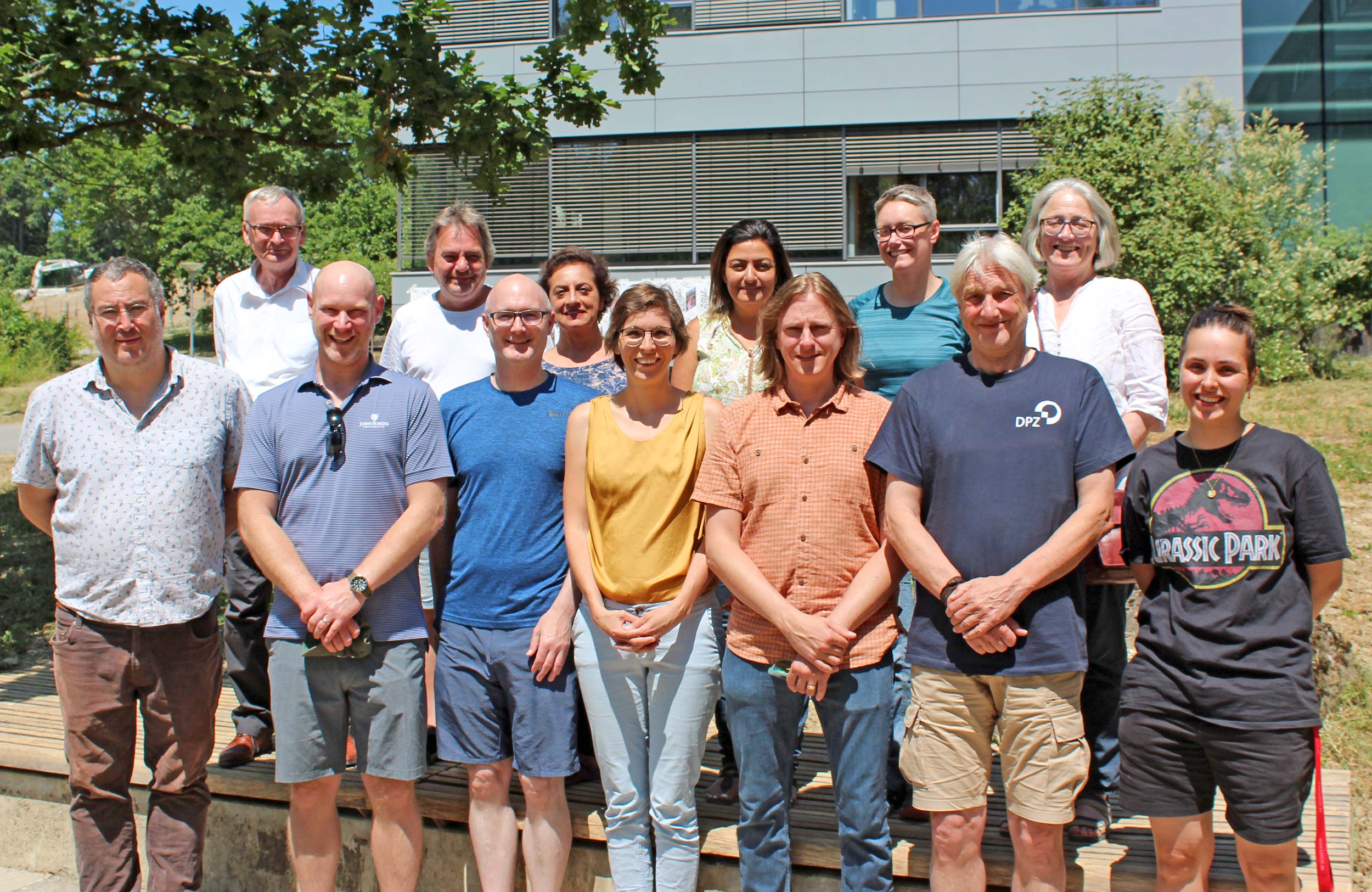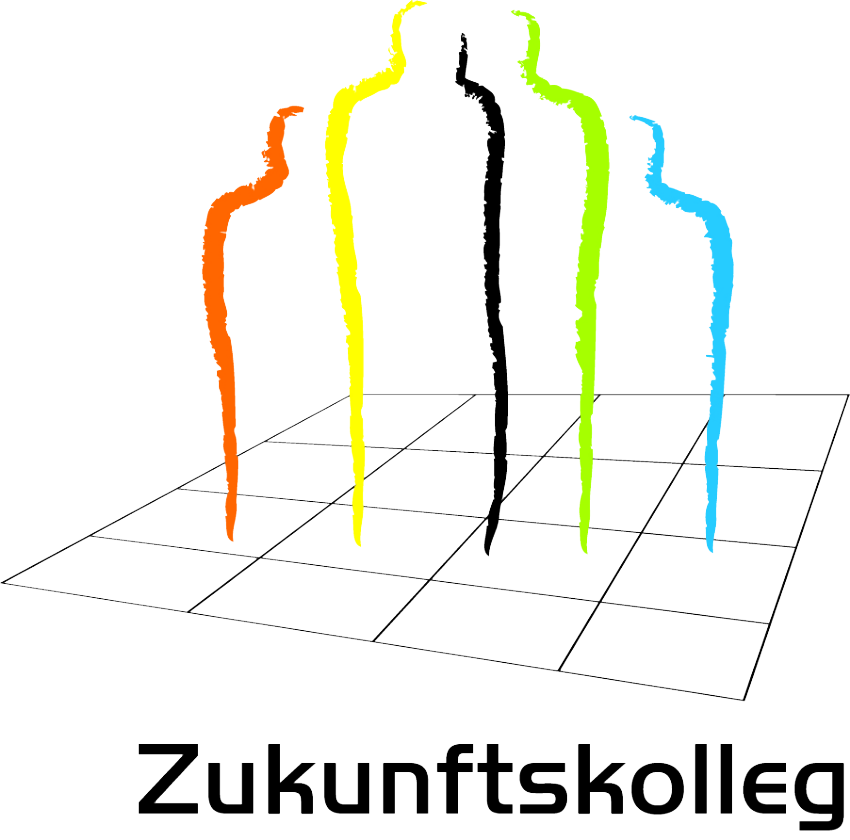A better understanding of ancient trade routes?
From 12 to 14 June 2023, the interdisciplinary workshop “Animating ancient trade routes through primate lifeways” took place at the Zukunftskolleg – organized by Gisela H. Kopp (Research Fellow/Biology) and Nathaniel J. Dominy, Dartmouth College (Senior Fellow/Biology).

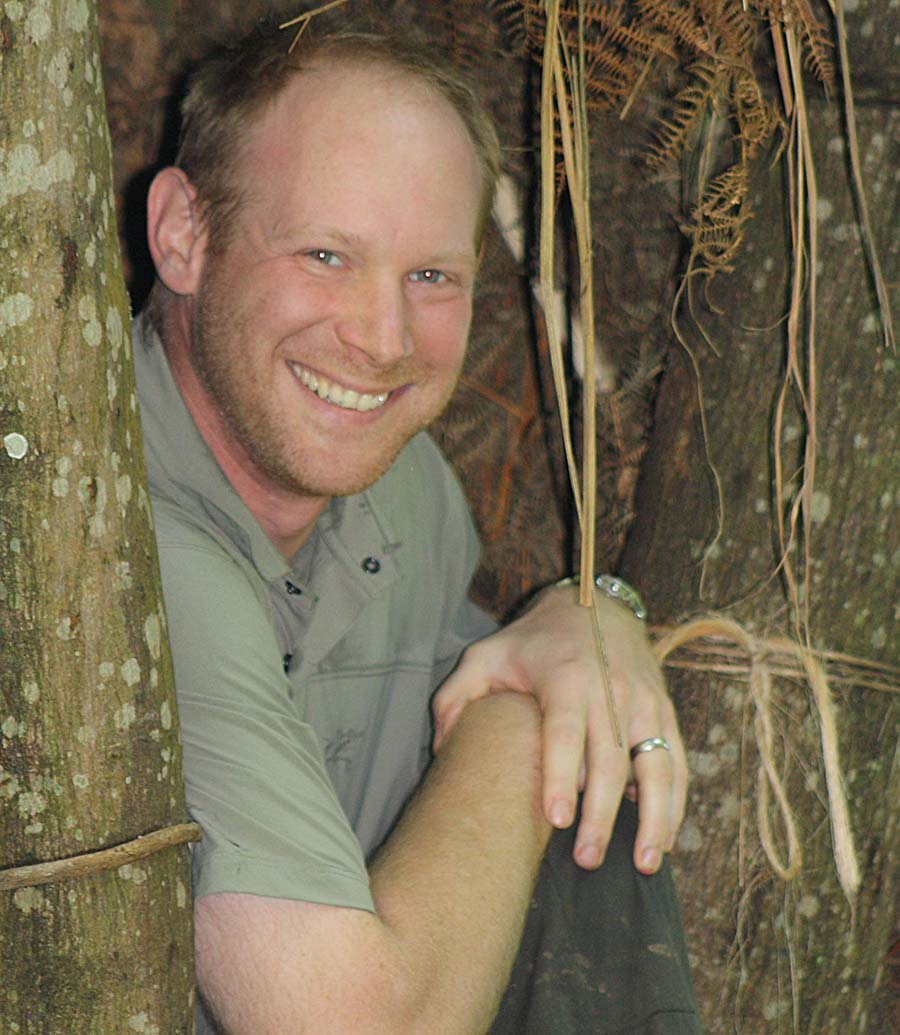
The ancient trade of nonhuman primates is a topic at the intersection of Near Eastern archaeology, Egyptology and primatology – three fields that rarely interact due to the nature of our disciplinary silos. Yet, there is great promise in working across these subdivisions of anthropology, in merging the study of primate lifeways and afterlives. New knowledge related to primate ecology and life history can inform our understanding of ancient trade networks, whereas archaeological findings and investigations can shed new light on primate population structures and behaviours. Recent years have witnessed rapid advances in these areas, but always in isolation of each other, and progress towards knowledge integration is slow. Gisela Kopp and Nathaniel Dominy organized this workshop to bring together primatologists, biogeographers and archaeologists, with the aim of fostering scholarly exchange and future collaborations and of taking important steps towards a new, integrated research programme in anthropology that centres on primates in antiquity.
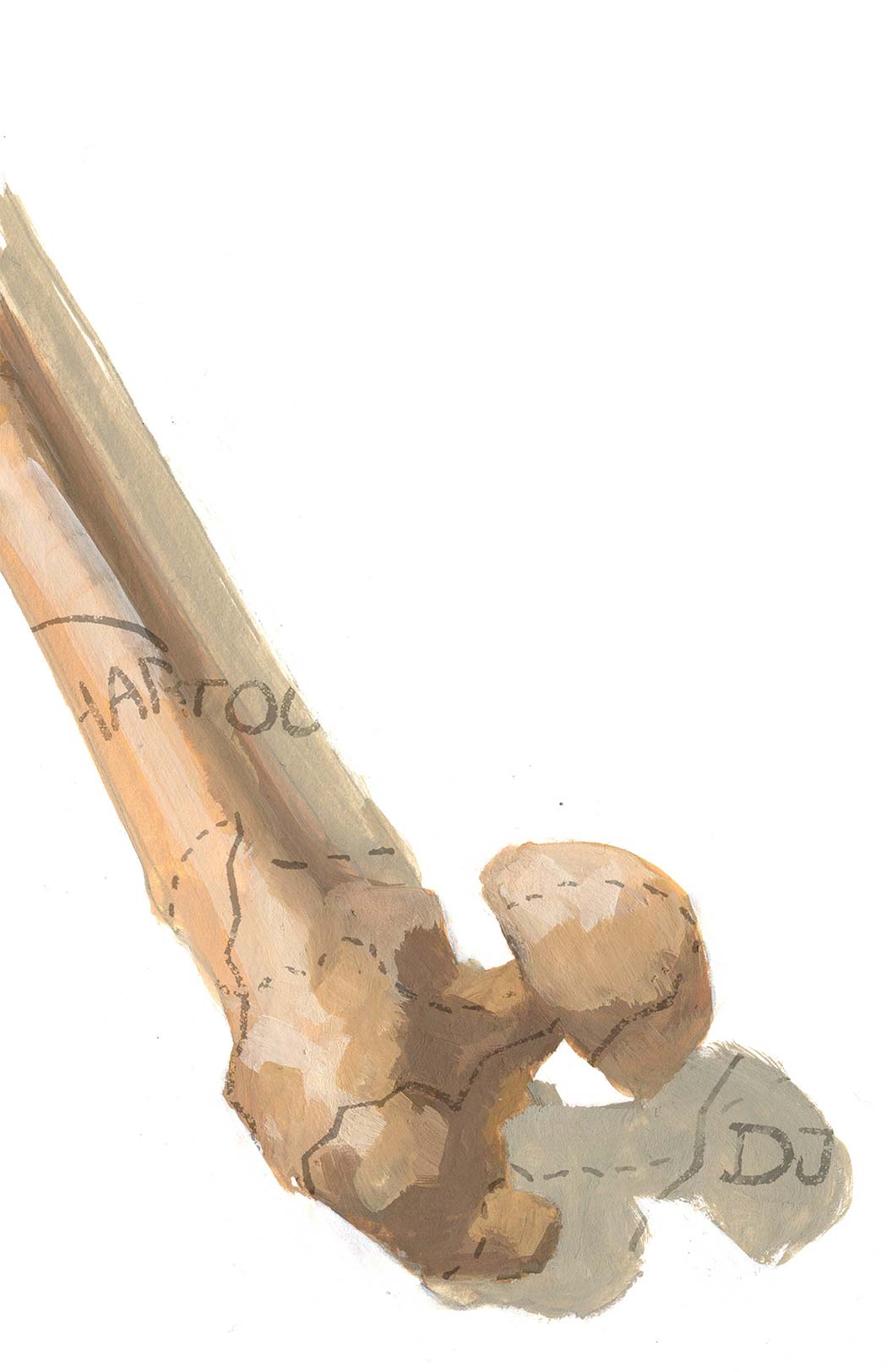
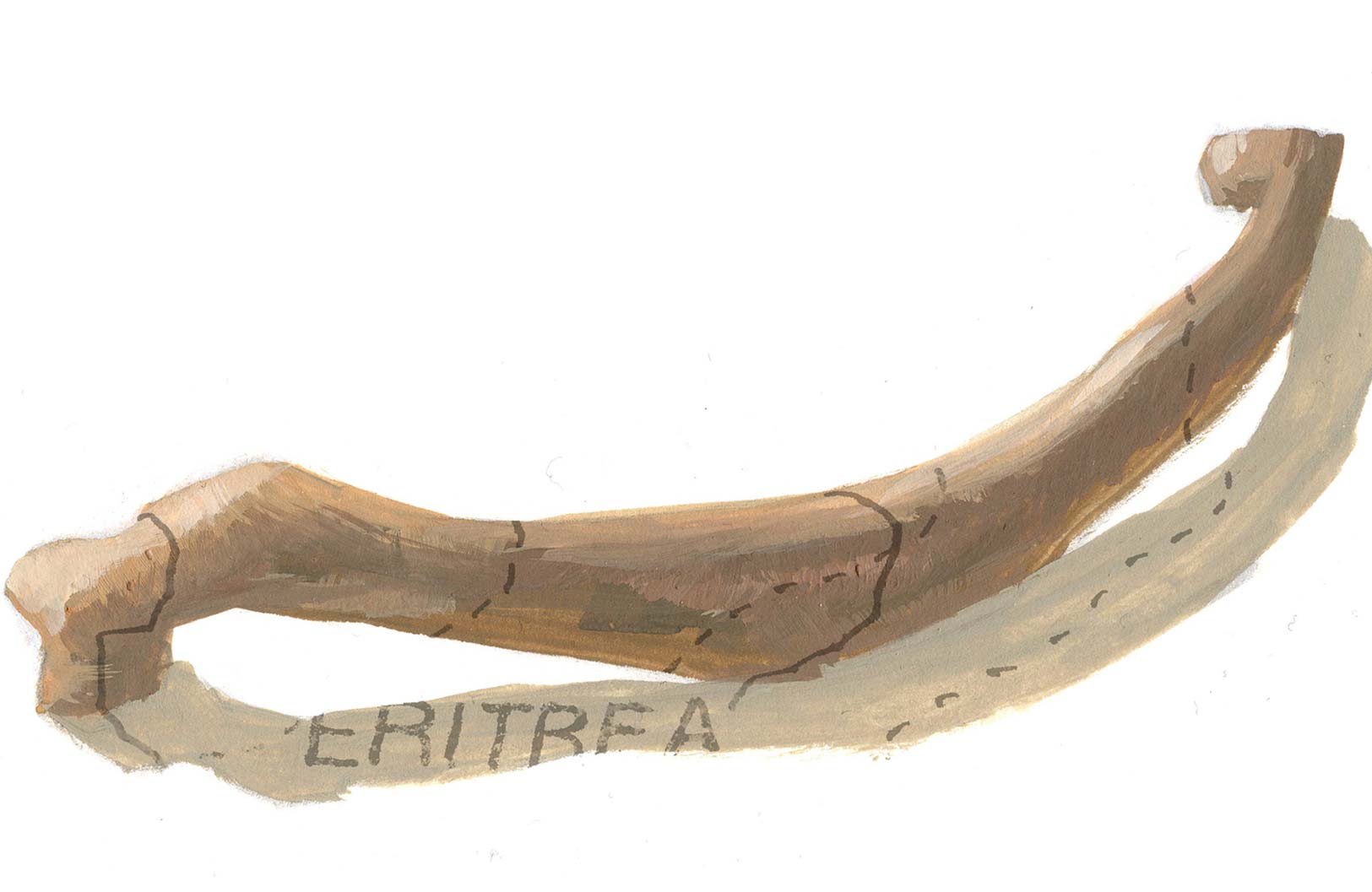


The first day of the workshop was devoted to the primate genus Papio, a recurring and ubiqui-tous motif in Ancient Egyptian art and culture. Dietmar Zinner (German Primate Centre, Göttingen) started with an introduction to baboon distribution and phylogeography, followed by Nathaniel Dominy (Dartmouth College, Hanover/US) who concentrated on specific behaviours of baboons that are mirrored in Egyptian art and might explain the deification of hamadryas baboons. Salima Ikram (American University in Cairo, Cairo/Egypt) provided an overview of the role of baboons and other nonhuman primates in Egyptian art, literature, society and religion. Renee Friedman (University of Oxford, Oxford/UK) presented the baboon burials in the elite Predynastic cemetery at Hierakonpolis, Egypt (c. 3700-3600BC) and Wim Van Neer (Royal Belgian Institute of Natural Sciences, Leuven/Belgium) reconstructed the living conditions of captive baboons based on palaeopathological and demographic data. Gisela Kopp (University of Konstanz) presented evidence of the geographic origin of mummified baboons from ancient DNA analysis. This was followed by intensive discussions on baboons in antiquity, challenges, open questions and future avenues.
The second day focused on the genus Macaca, with an overview of macaque biogeography, palaeobiology and palaeoecology by Sarah Elton (Durham University, Durham/UK) and an introduction to the radiation of macaques out of Africa from a genetic perspective by Christian Roos (German Primate Centre, Göttingen). Claudia Minniti (University of Salento, Lecce/Italy) presented the burial of a rhesus macaque in the third millennium BC at Shahr-i Sokhta (Iran), and Bernardo Urbani (German Primate Centre, Göttingen) reviewed worldwide archaeoprimatological evidence and examined past trends of human-nonhuman primate interfaces. In the afternoon, a scientific excursion took the participants to Affenberg Salem. They observed semi-free-ranging Barbary macaques in the park, learnt from Roland and Mamisoulou Hilgartner about Barbary macaque biology and conservation, and were informed about the outreach efforts of Affenberg Salem. The participants brainstormed and developed ideas on how to structure and design potential outreach exhibitions at Affenberg Salem to inform visitors about primates in antiquity.
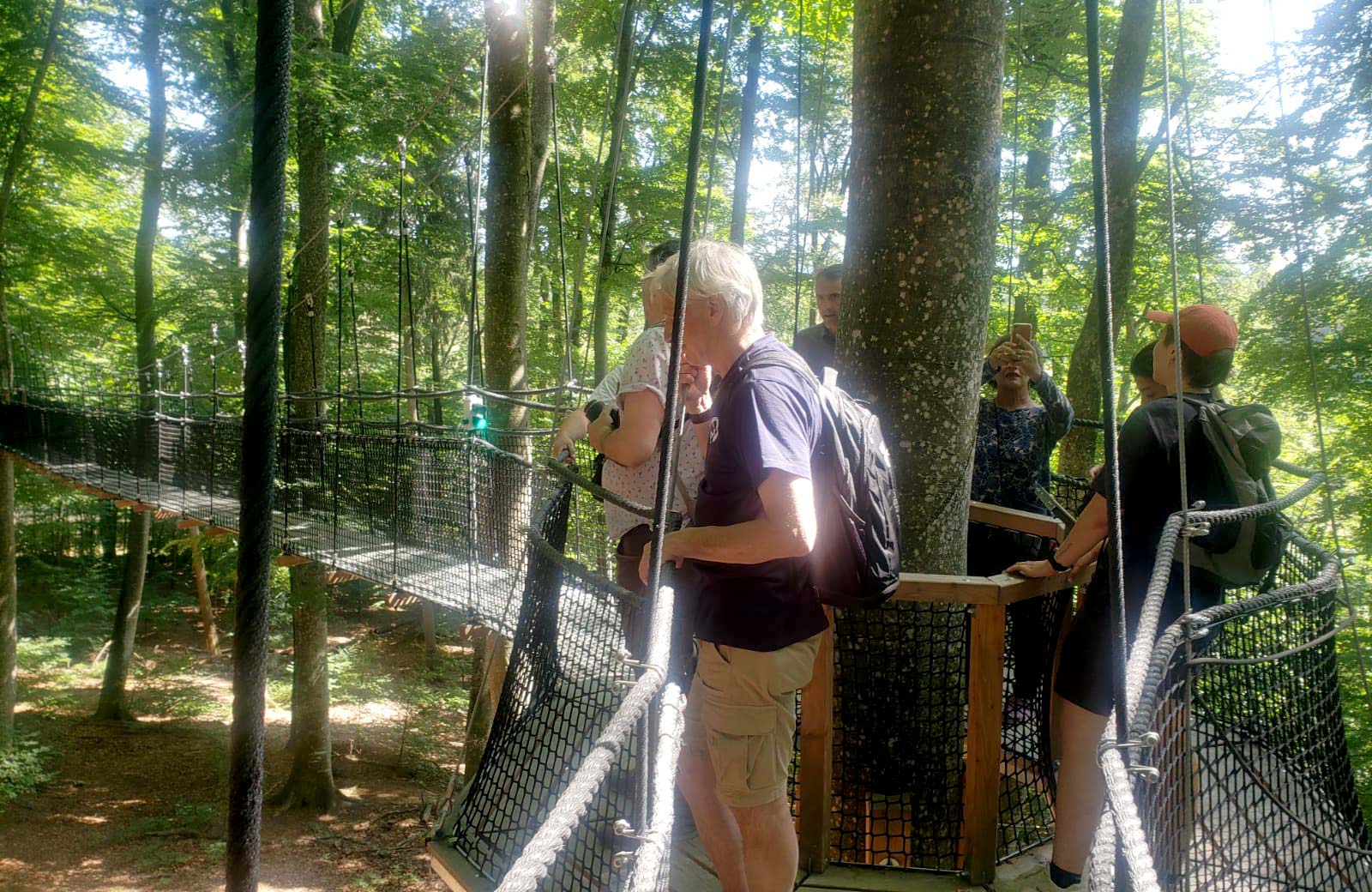

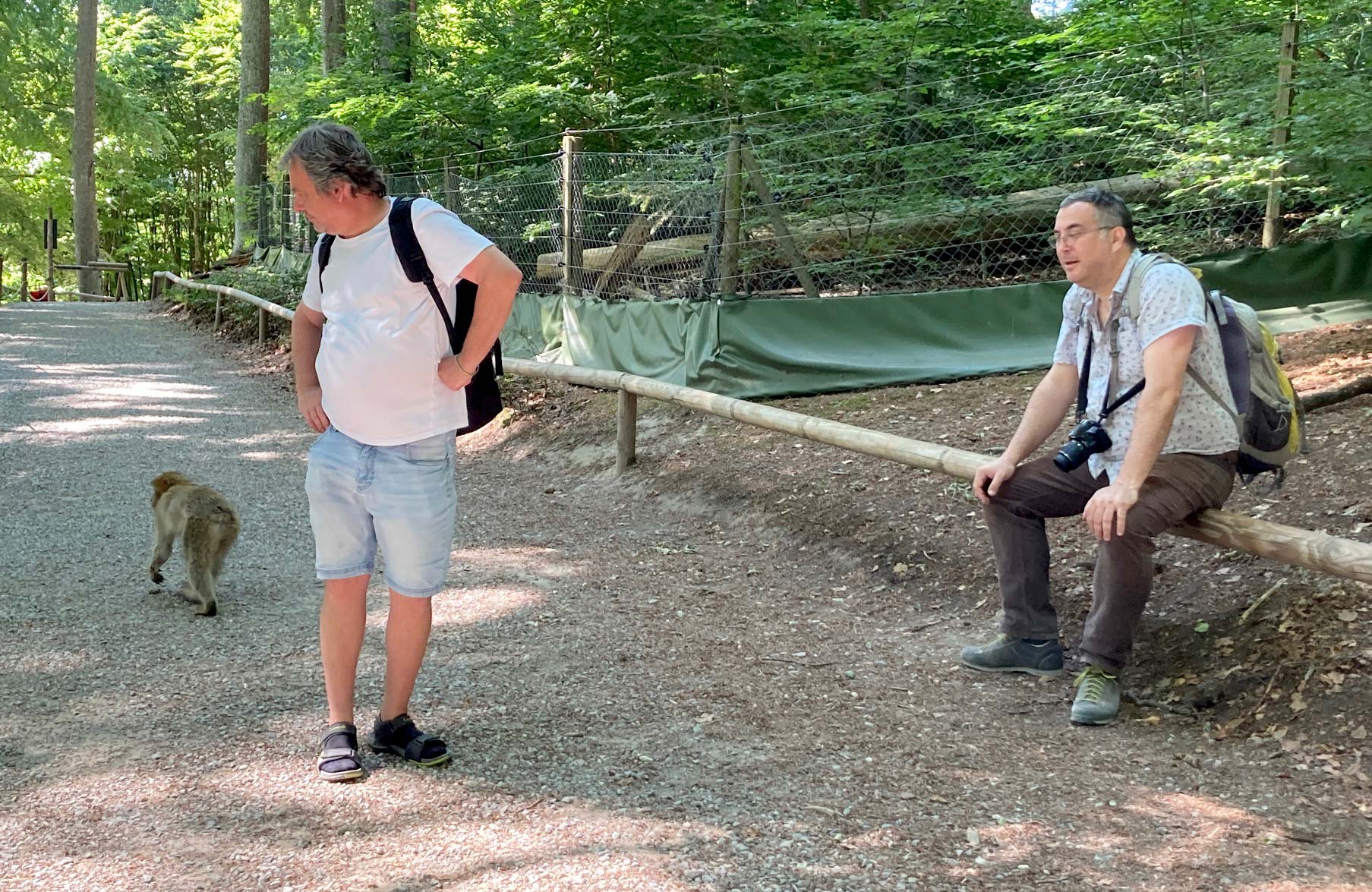
The third day of the workshop concentrated on methodological approaches. Gabe Bowen (University of Utah, Salt Lake City/US) showed how migration and trade routes can be reconstructed using naturally occurring geographic variation in the distribution of different stable isotopes across landscapes. The presentation by Sireen El Zaatari (University of Tübingen) focused on dental surfaces as indicators of diet, ecology and translocation events during development. Laura Epp (University of Konstanz) focused on ancient environmental DNA, in particular sedimentary DNA, to investigate the past distributions of species and populations and George Perry (Pennsylvania State University, State College/US) gave an overview of ancient DNA research in nonhuman primates. The afternoon was devoted to an interactive workshop on promising avenues to study primates in antiquity and the development and establishment of future collaborations.
The exchange of expertise during the workshop proved to be extremely valuable, with many shared interests emerging. Exciting questions were defined by the participants and main challenges identified. The results from the workshop will be compiled into a perspective article co-authored by the participants, focusing on how the study of primates in antiquity can inform about the causes and outcomes of human-nonhuman primate interactions. To maintain the scientific bonds created during the workshop, we aim to acquire further funding in order to establish a scientific network around the topic of primates in antiquity.
This workshop was funded by the Wenner-Gren Foundation, with co-funding from the Zukunftskolleg and an internationalization grant from the International Office of the University of Konstanz (part of the overall strategy “University of Konstanz – creative.together” and funded by the Federal Ministry of Education and Research (BMBF) and the Ministry of Science, Research and Arts Baden-Württemberg in the framework of Germany’s Excellence Strategy).
“We would like to acknowledge the support of Sigrid Elmer and Michael Krauße in organizing this workshop and the help of the student assistants Hanna Rohr, Livia Hofmann, Hanna Seidel and Edyta Kurzawa,” says Gisela Kopp.
